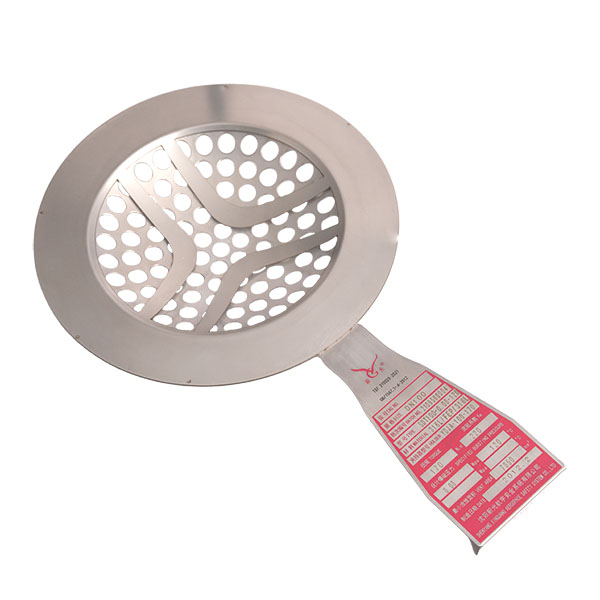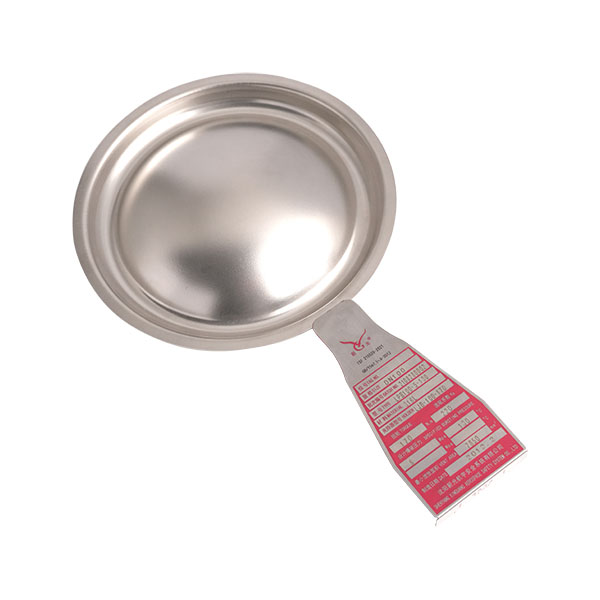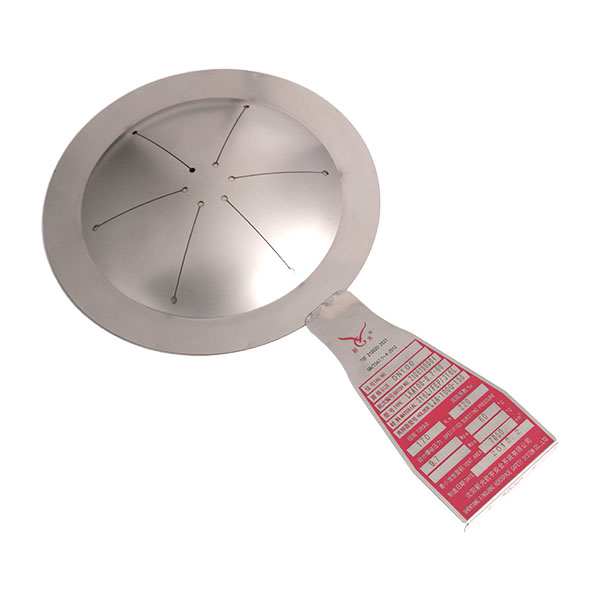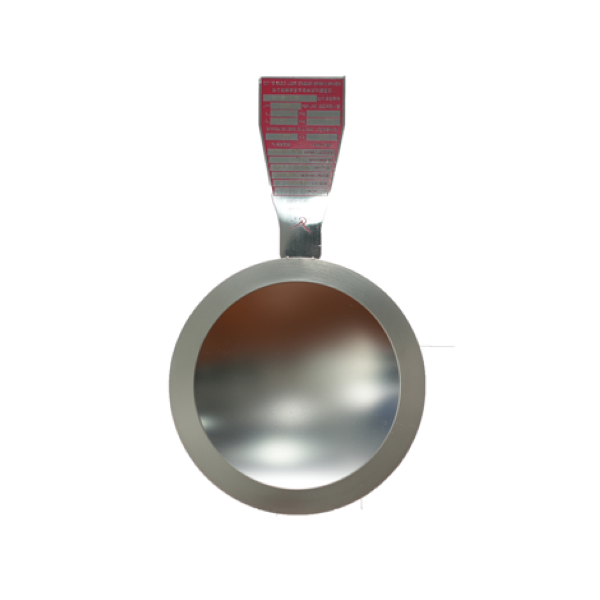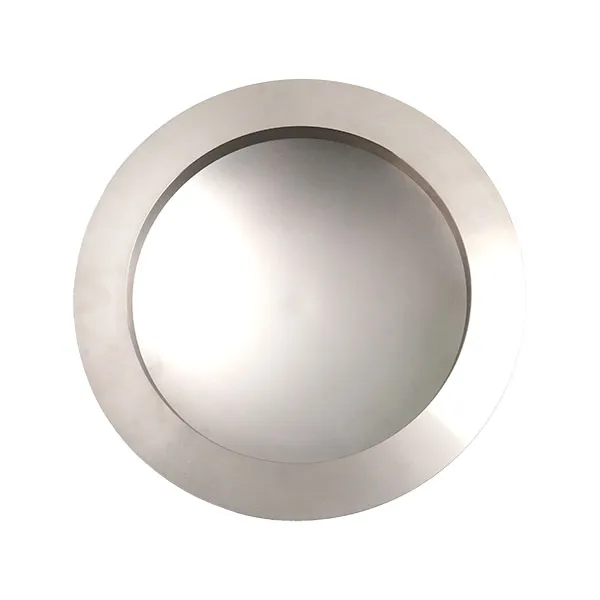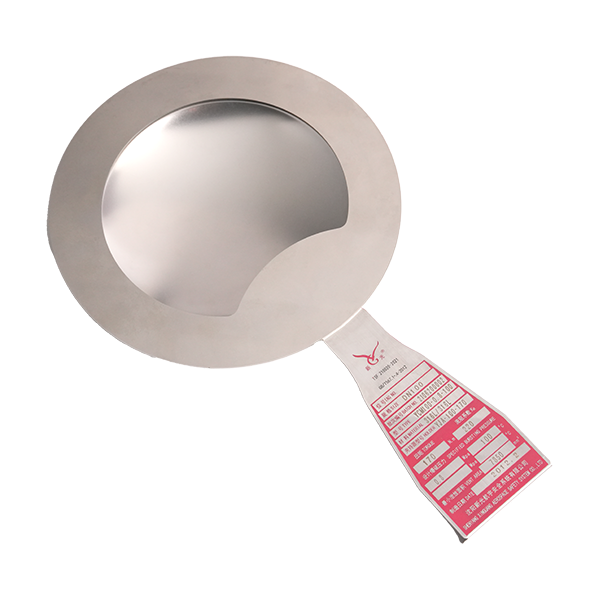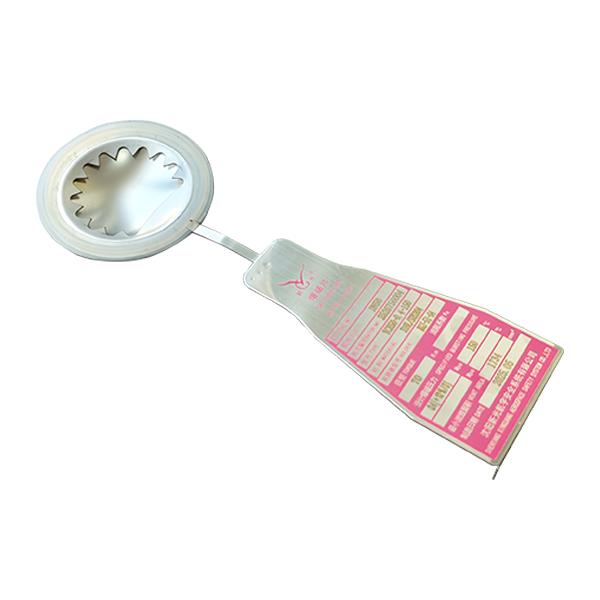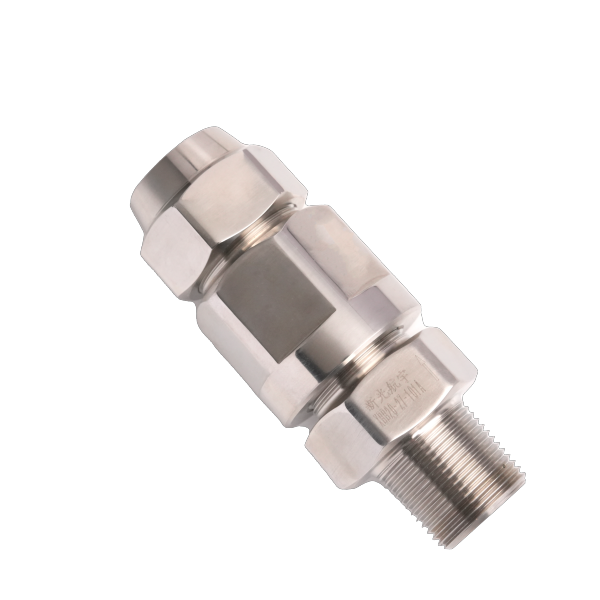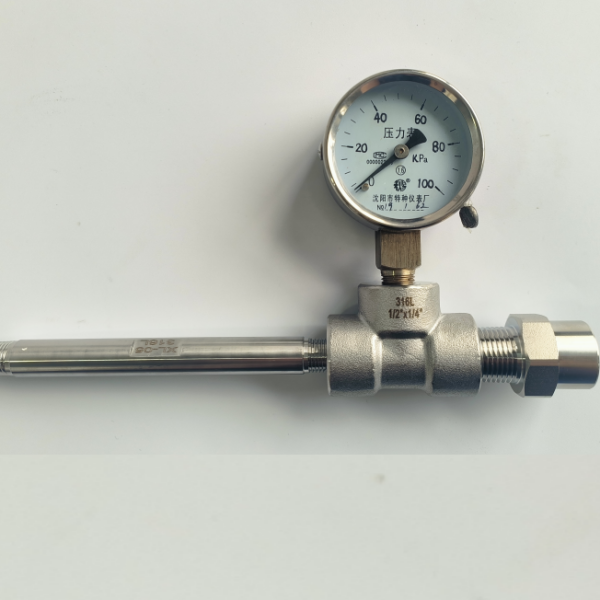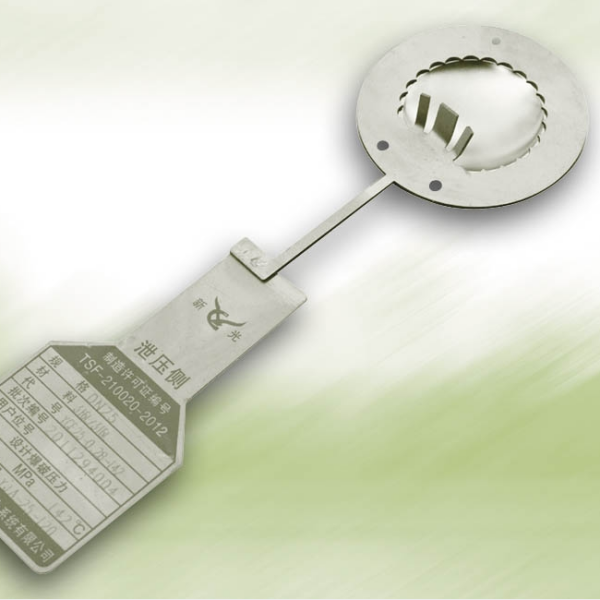In the safety protection system of low-temperature storage tanks, the overpressure and discharge reliability of low temperature storage tank bursting disc directly determines the safety factor of storage tank operation. Cryogenic storage tanks are commonly used to store flammable and explosive or low-temperature media such as liquid nitrogen, liquid oxygen, and liquefied natural gas. If the pressure is abnormal and cannot be discharged in time, it may cause major safety accidents such as explosions and media leaks. As a safety accessory that cannot be reused, the maintenance of the low temperature storage tank bursting disc needs to run through the whole life cycle. Through scientific maintenance, the blasting disc can move accurately at critical moments.
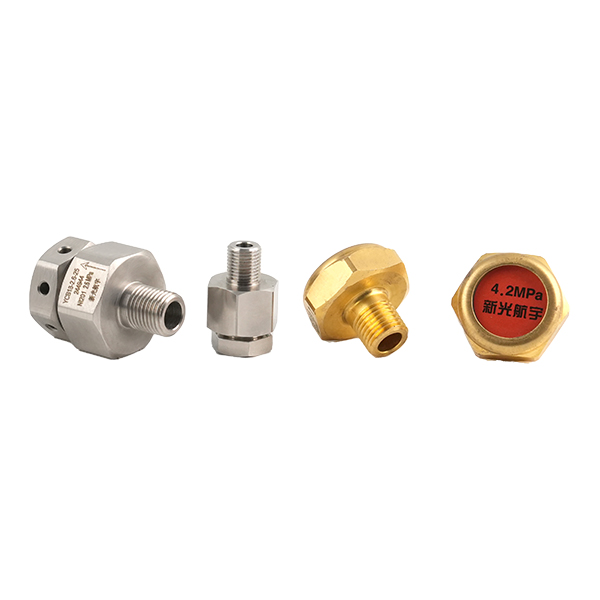
Daily inspections are the basis for timely detection of potential problems with low temperature storage tank bursting disc, and need to be performed by professional operation and maintenance personnel every day. During the inspection, it is necessary to pay attention to the appearance of the rupture disc and check whether there are physical damages such as scratches, corrosion, and deformation on the surface of the rupture disc, especially the sealing surface and the area of the blasting element. Any minor damage may affect the accuracy of the blasting pressure. At the same time, it is necessary to check the sealing of the connecting flange between the rupture disc and the storage tank, and observe whether there are traces of leakage of low-temperature media, such as frosting, condensation or abnormal low-temperature areas on the surface of the flange, which need to be stopped immediately for investigation. During the inspection process, it is also necessary to record the working environment parameters of the rupture disc, including the temperature of the medium in the storage tank, the pressure fluctuation range, the ambient temperature and humidity, etc. Through long-term data comparison, the impact of abnormal changes in parameters on the performance of the rupture disc can be found in time. In addition, it is necessary to check whether the installation direction of the rupture disc is correct. Low temperature storage tank bursting disc usually has a clear indication of the flow direction of the medium, and reverse installation is prohibited, otherwise it will cause the burst pressure to deviate or fail to explode normally.
Regular inspections of low temperature storage tank bursting disc need to be carried out in accordance with equipment operating procedures and related standards. The cycle is usually 6 months to 1 year, and the specific conditions can be adjusted according to the characteristics of the media and the frequency of use. During the inspection, the appearance of the rupture disc will first be checked with the help of a magnifying glass and other tools to see if there are minor defects such as fatigue cracks and corrosion pits on the surface. For metal rupture discs, it is necessary to focus on checking whether there are signs of intergranular corrosion or stress corrosion.
When abnormal conditions such as overpressure discharge, media leakage, or fire occur in the storage tank, regardless of whether the low temperature storage tank bursting disc is operating or not, it needs to be thoroughly inspected or replaced. Even if the rupture disc after overpressure relief is not completely ruptured, the structural integrity may have been damaged, and there are safety risks in continued use. After the medium leaks, it is necessary to check whether the surface of the rupture disc is corroded or contaminated by the medium. Especially after the corrosive medium leaks, it must be thoroughly cleaned and tested before it can be used until it is determined that there is no damage.
Through systematic maintenance, the safe and reliable operation of the low temperature storage tank bursting disc can be effectively guaranteed, and it provides an important safety guarantee for the stable work of the low temperature storage tank. During the maintenance process, relevant standards and specifications need to be strictly followed, and the actual use situation needs to be continuously optimized to keep the protective device in the best working condition at all times.

